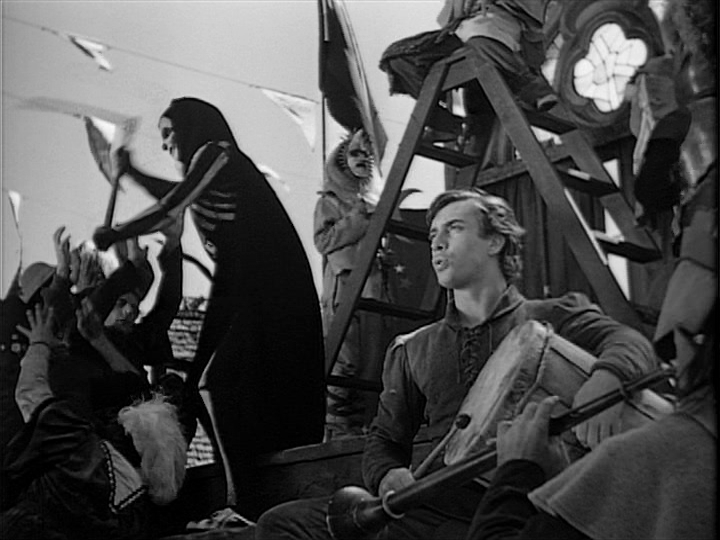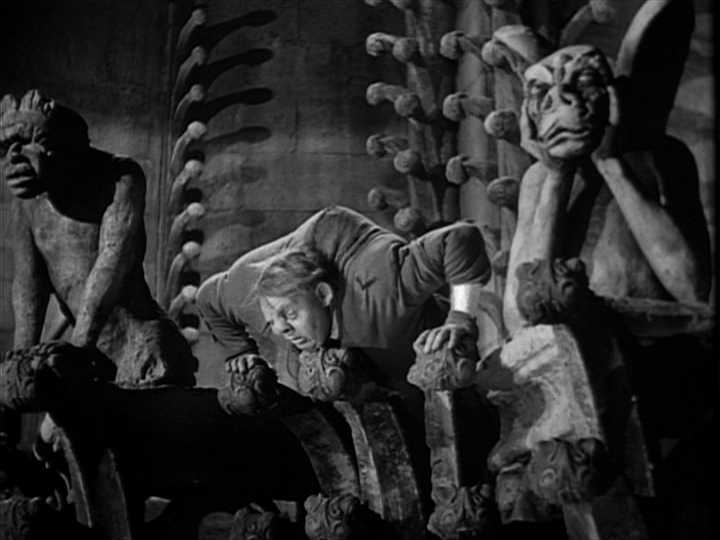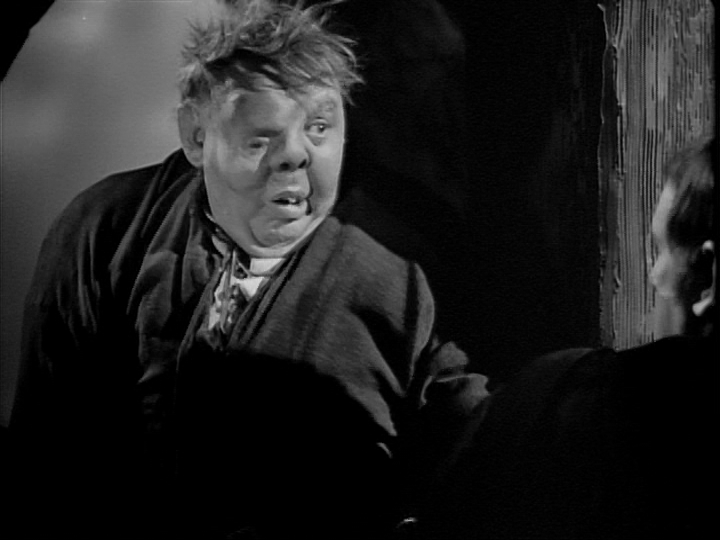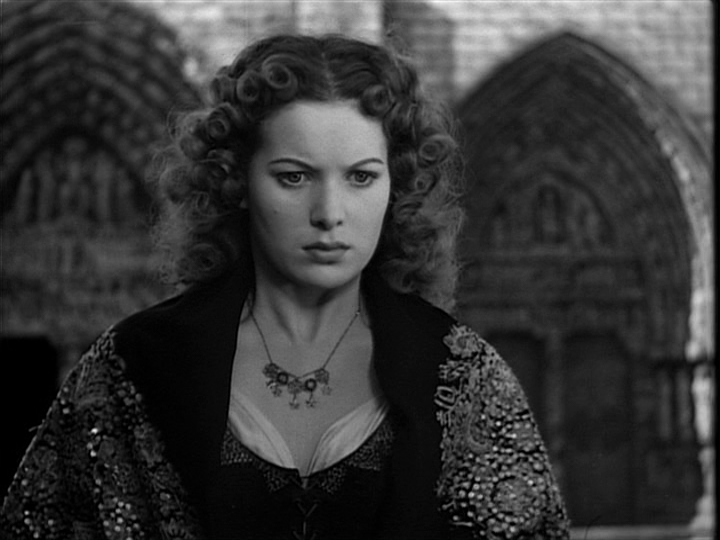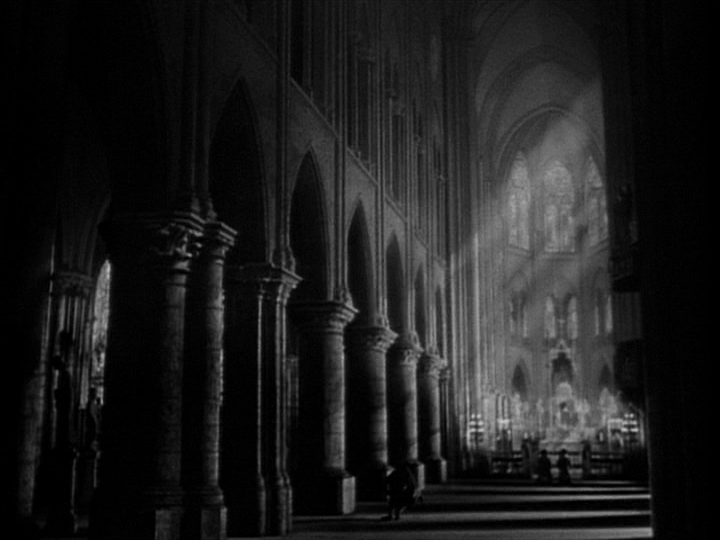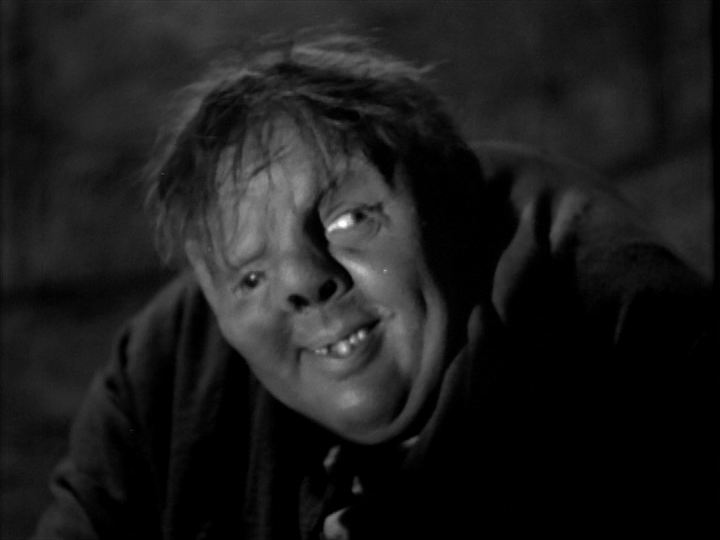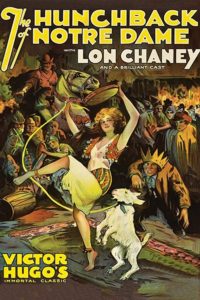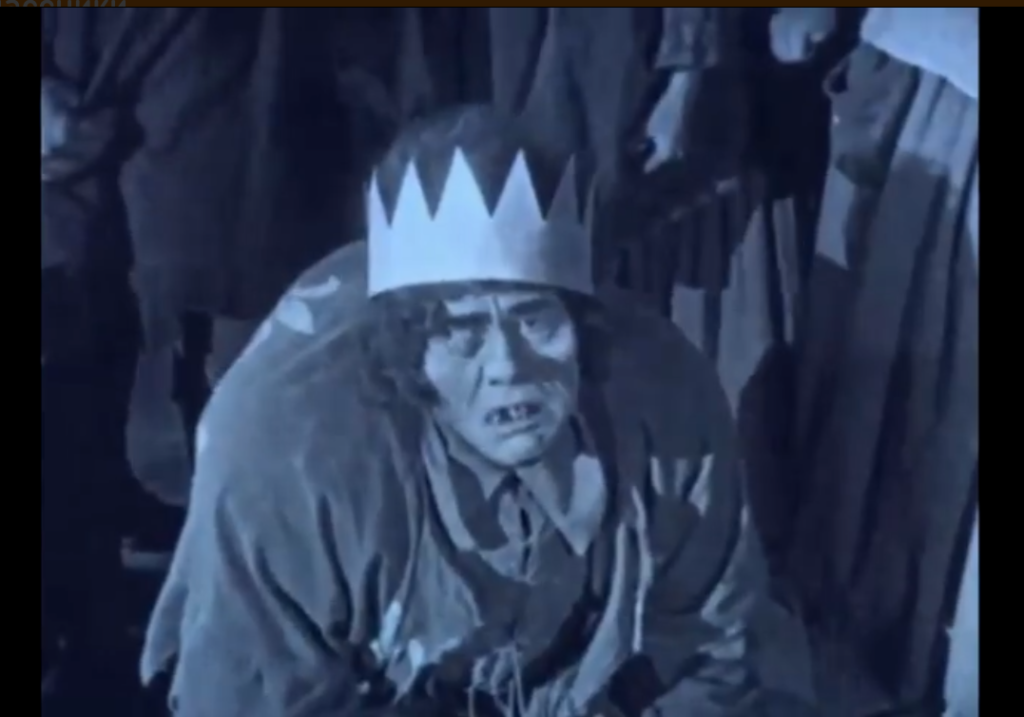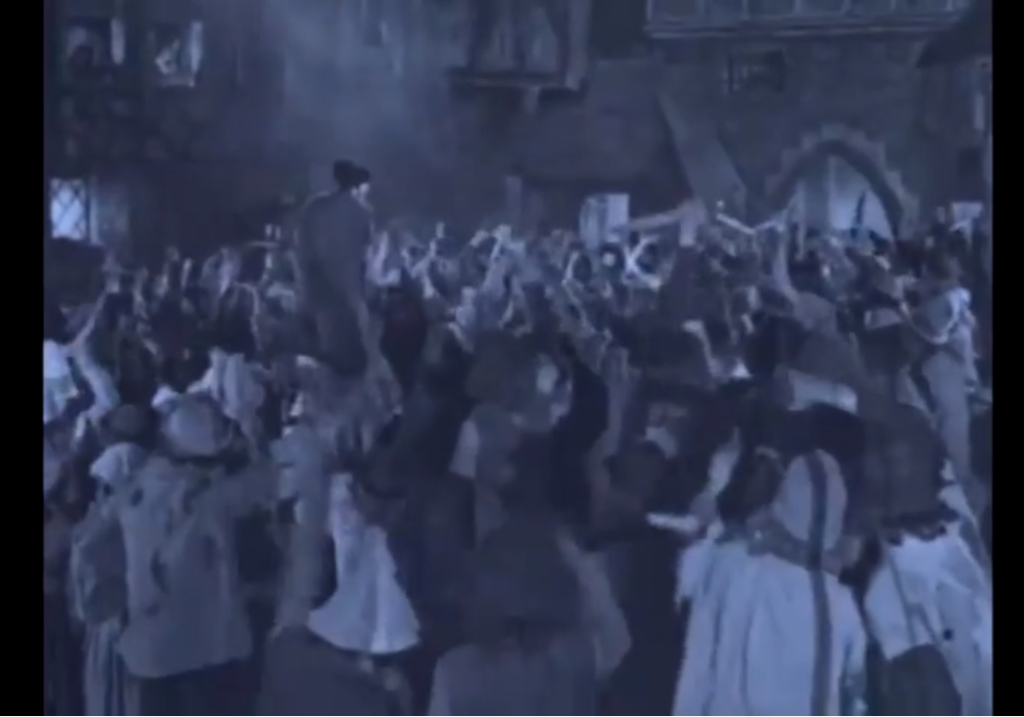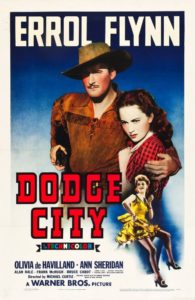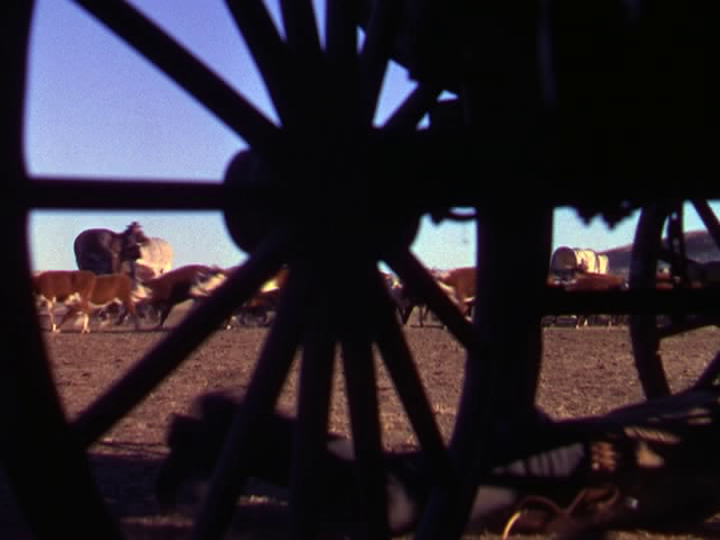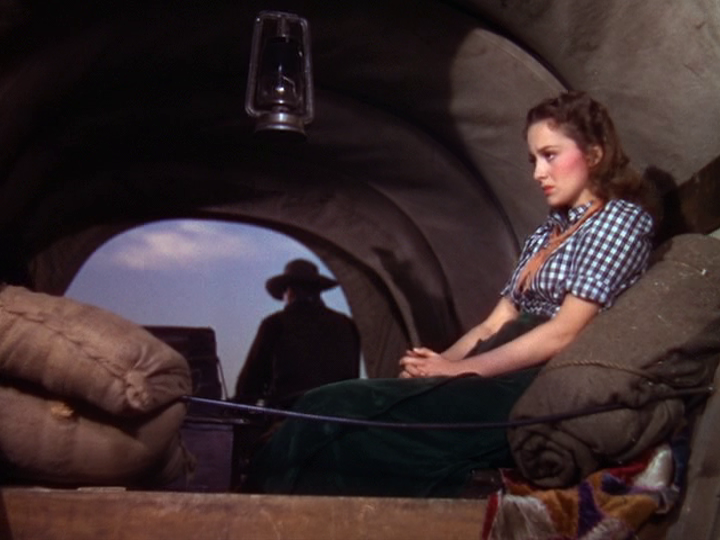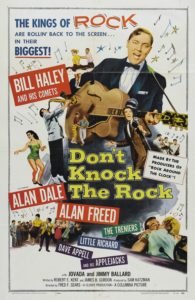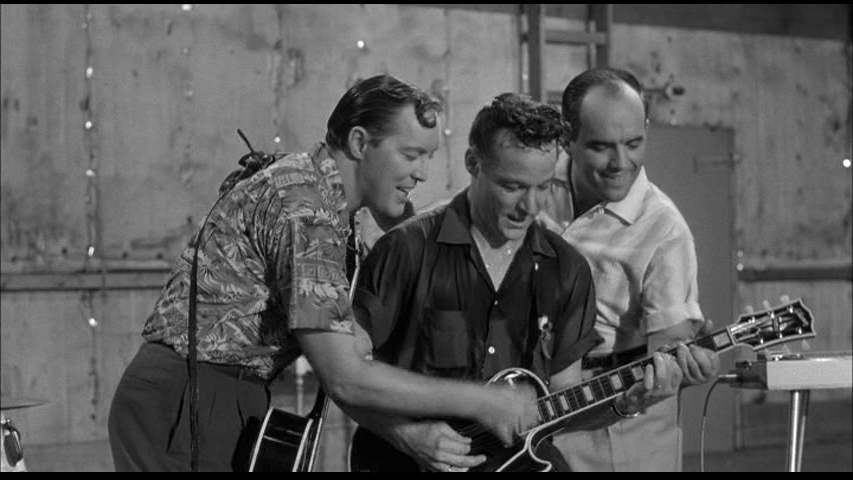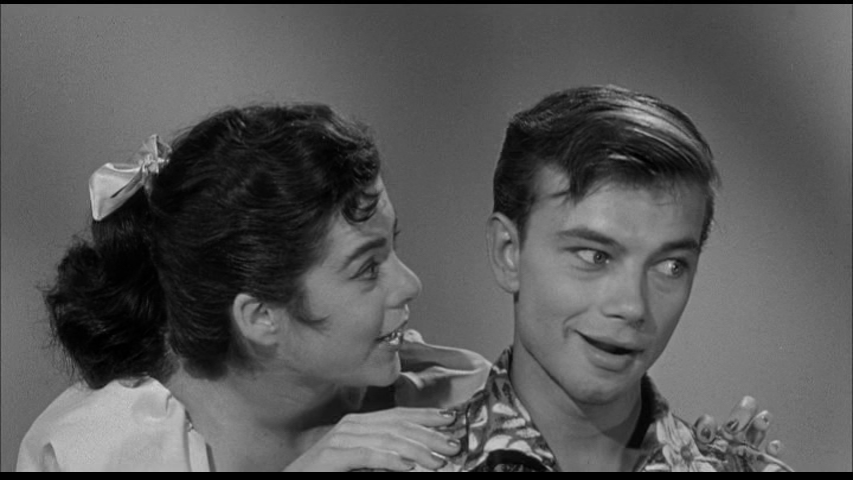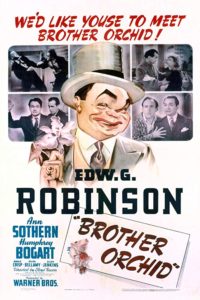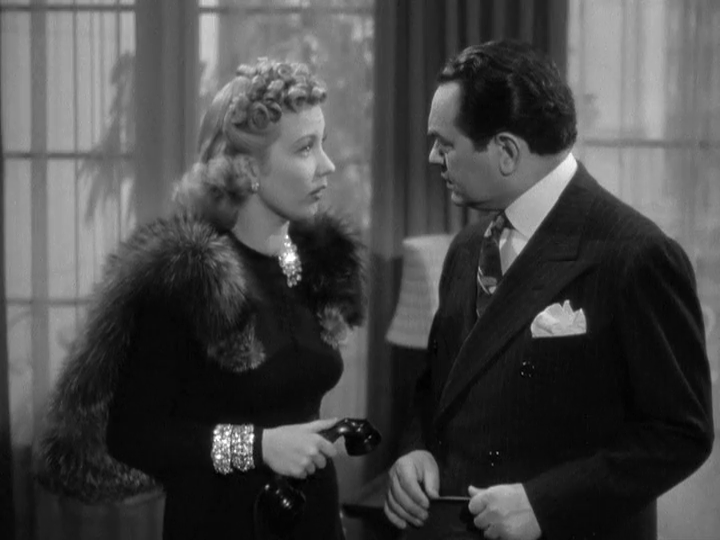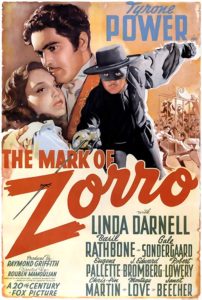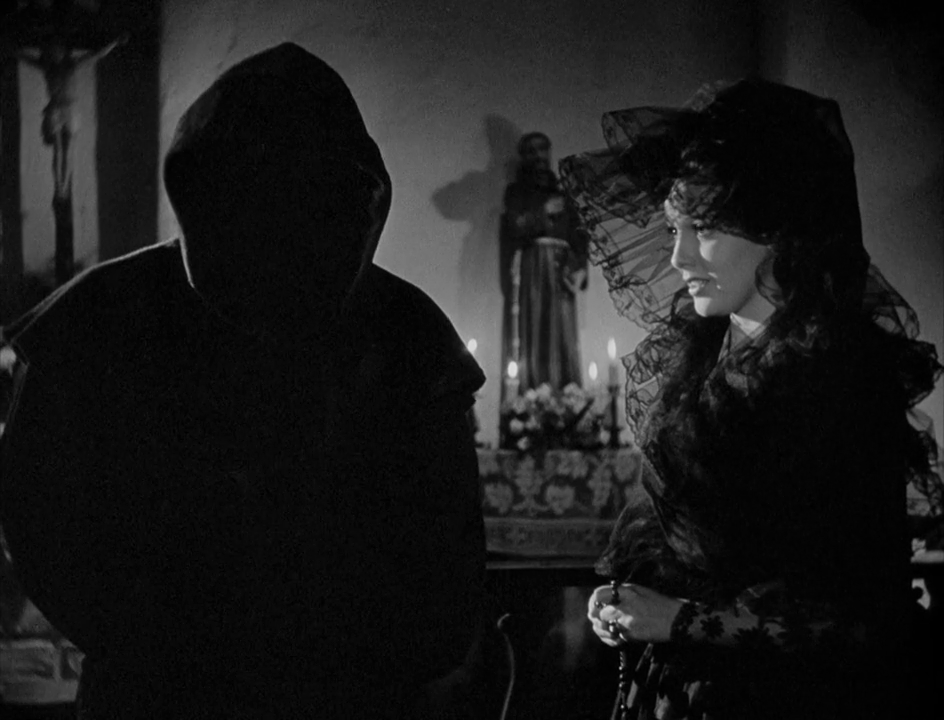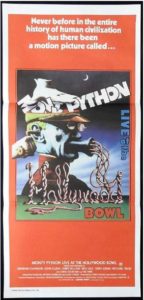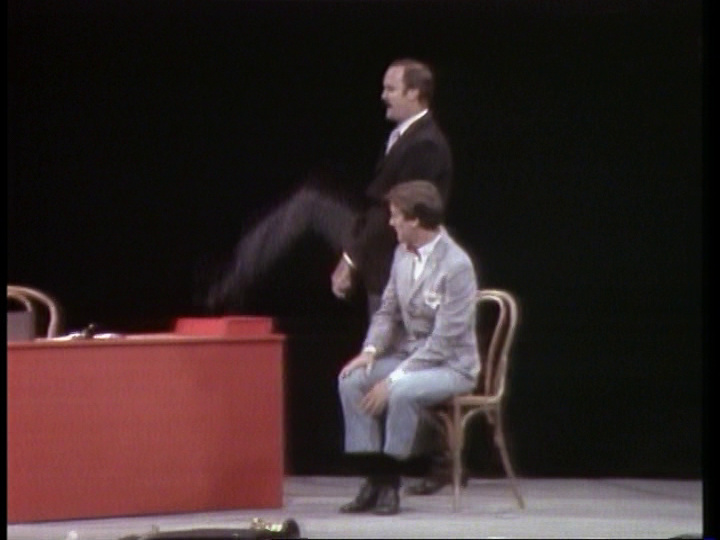Hunchback of Notre Dame, The (1939)
“I’m not a man and I’m not a beast. I’m as shapeless as a man on the moon!”
|
Synopsis: |
|
Genres, Themes, Actors, and Directors:
Response to Peary’s Review: He notes that director William Dieterle handles “the crowd scenes (more than 3000 extras were employed) expertly” and instructed “cameraman Joseph H. August to use some interesting angles.” However, he argues that while “Laughton has received a great deal of praise for his performance”, he “doesn’t really get much opportunity to act” given that “what few lines he has are intended to make us (or Esmeralda, or the Parisians in the streets) feel sorry for him”. Peary believes “the film surely would have worked better if Laughton’s hunchback didn’t let his physical appearance completely dominate his every thought and word, because he’ll get enough pity as it is just from his hideous looks (the make-up people must have used a deformed walrus as Quasimodo’s model”). He argues that “O’Hara, who is breathtakingly beautiful, comes across better.” I’m less critical of Laughton’s performance and make-up than Peary, though I’ll admit to not being a huge fan of the storyline either in this adaptation or the earlier silent version with Lon Chaney, Sr. — Quasimodo’s personality and background ultimately seem under-developed (is he mentally challenged, and/or simply irreparably traumatized?), as does that of Hardwicke’s character: … and the damsel-in-distress, Beauty-and-the-Beast narrative hook doesn’t do much for me. It’s once again the sets and crowds (along with atmospheric cinematography) that most impress in this film. Redeeming Qualities and Moments:
Must See? Links: |

